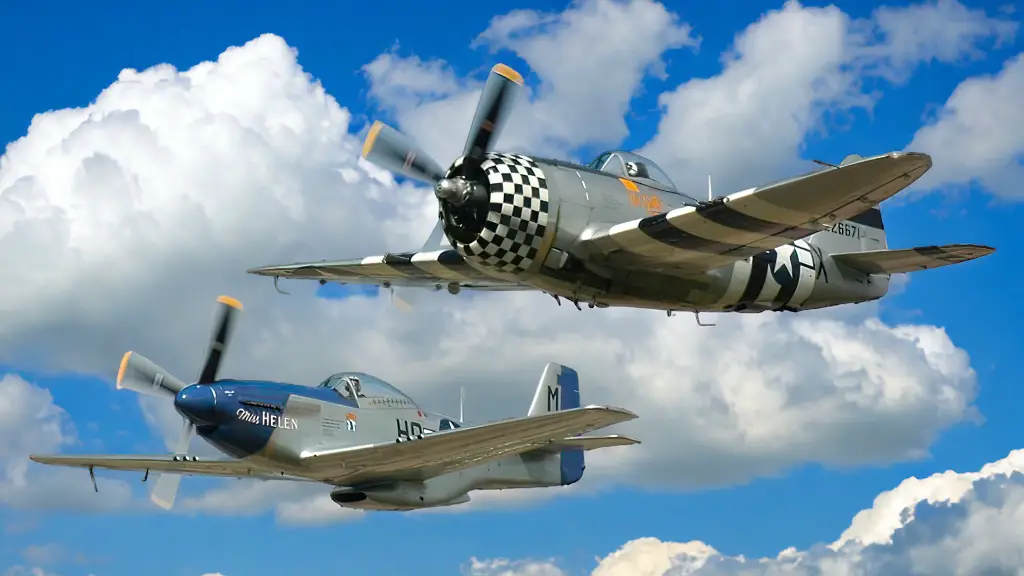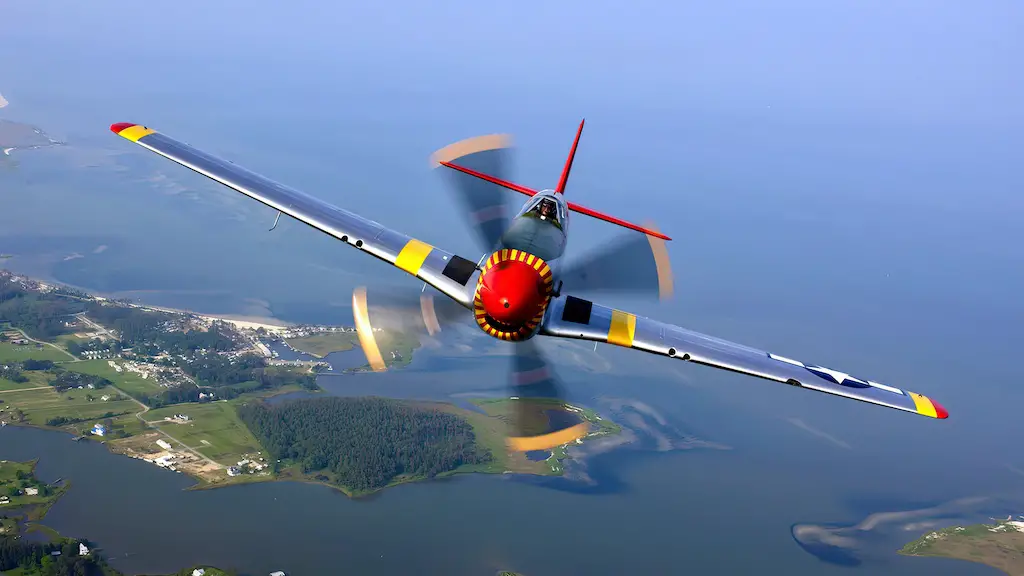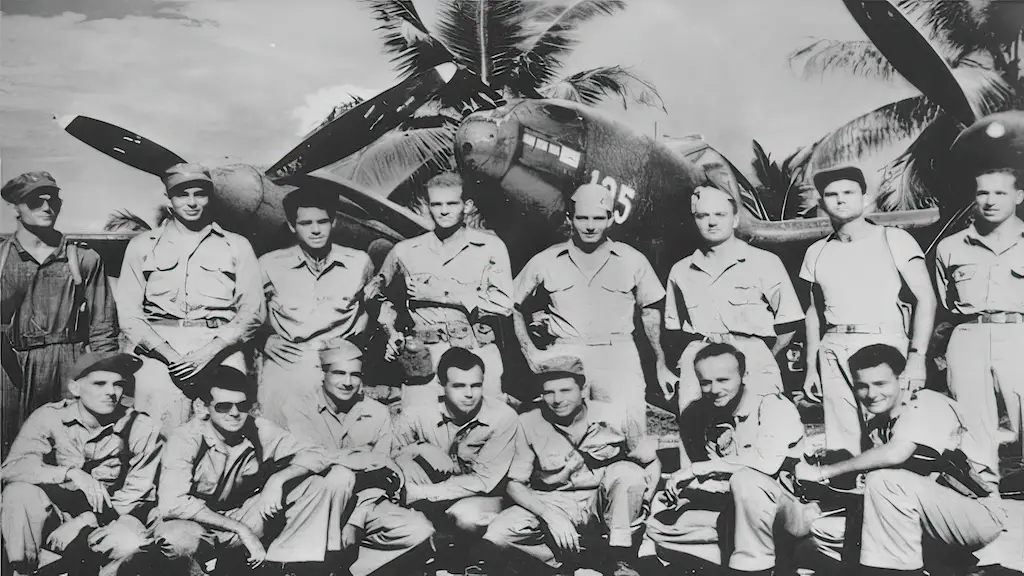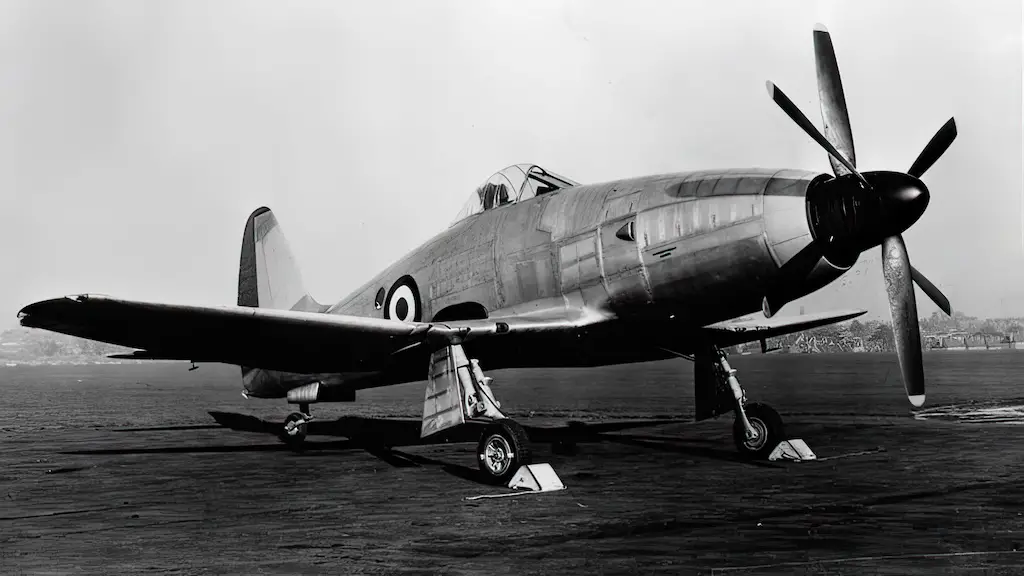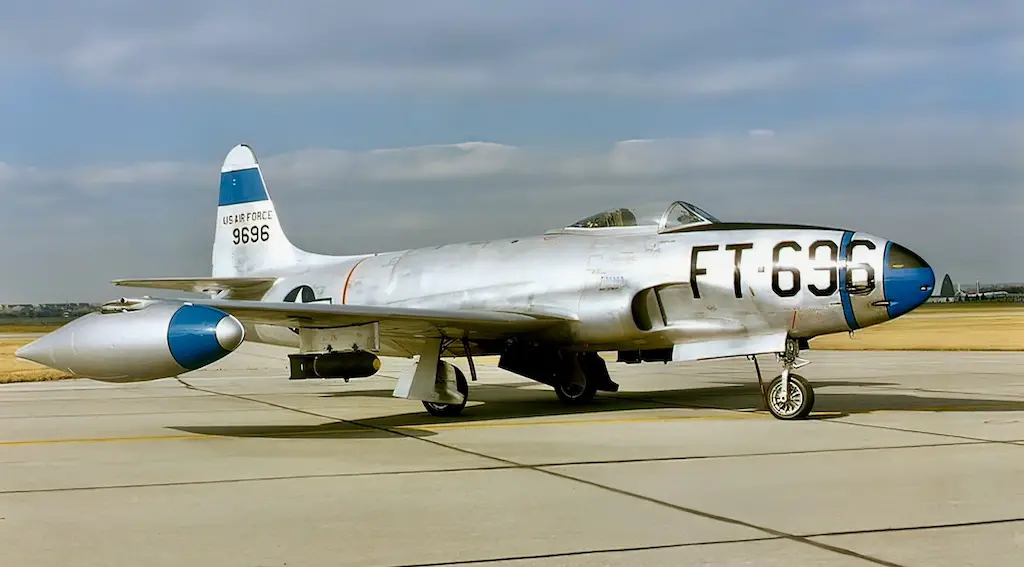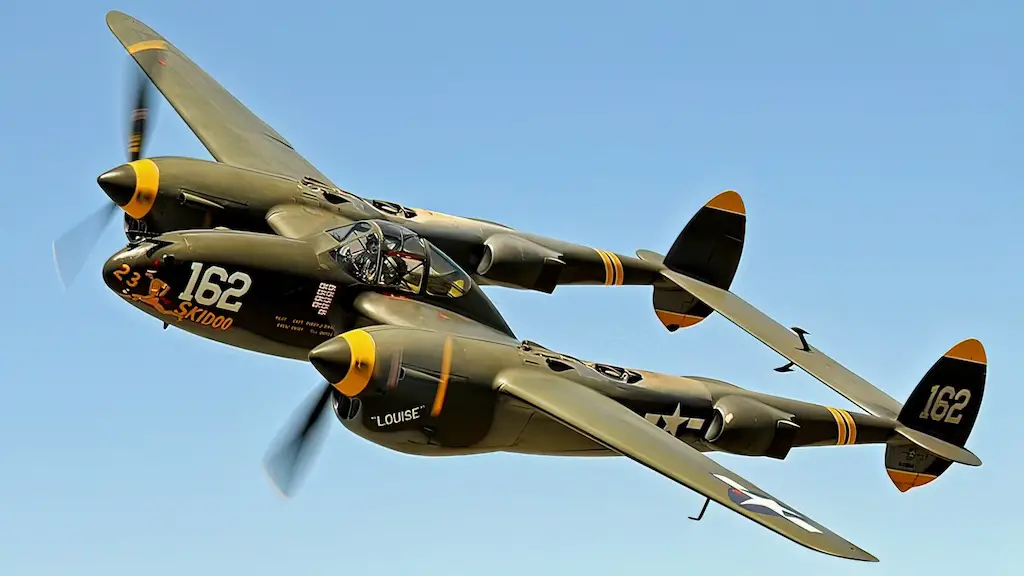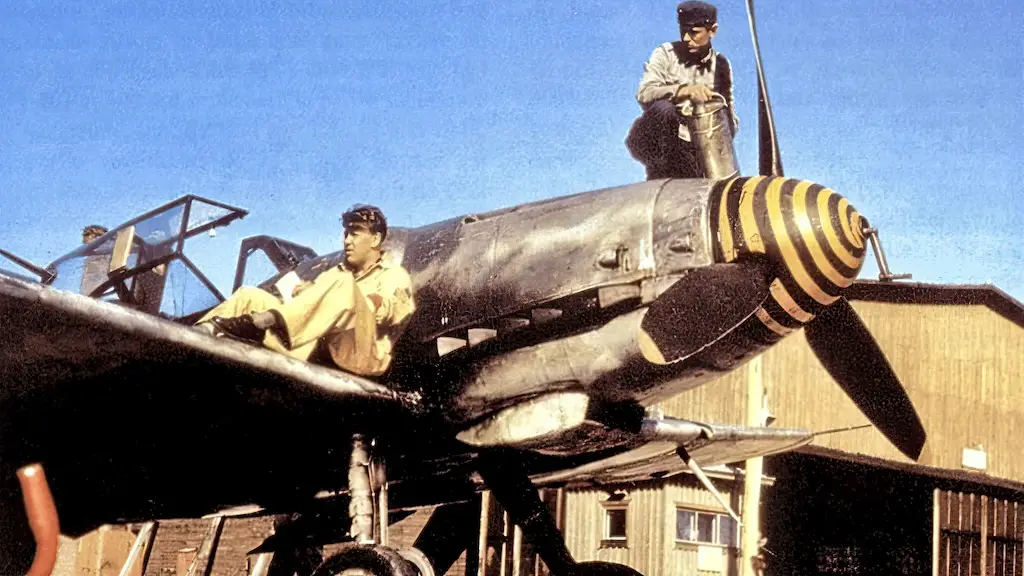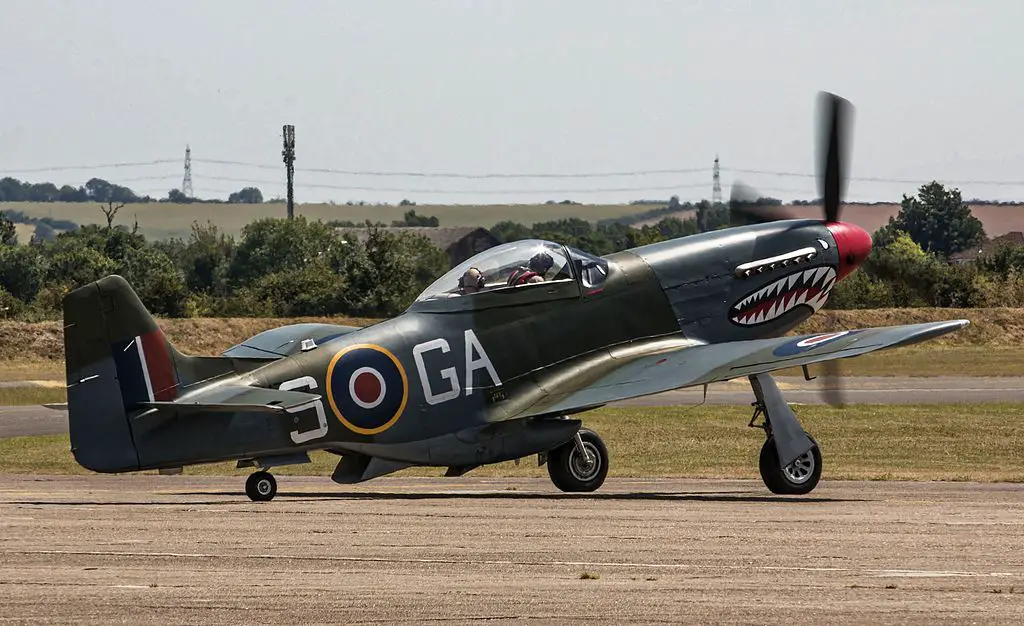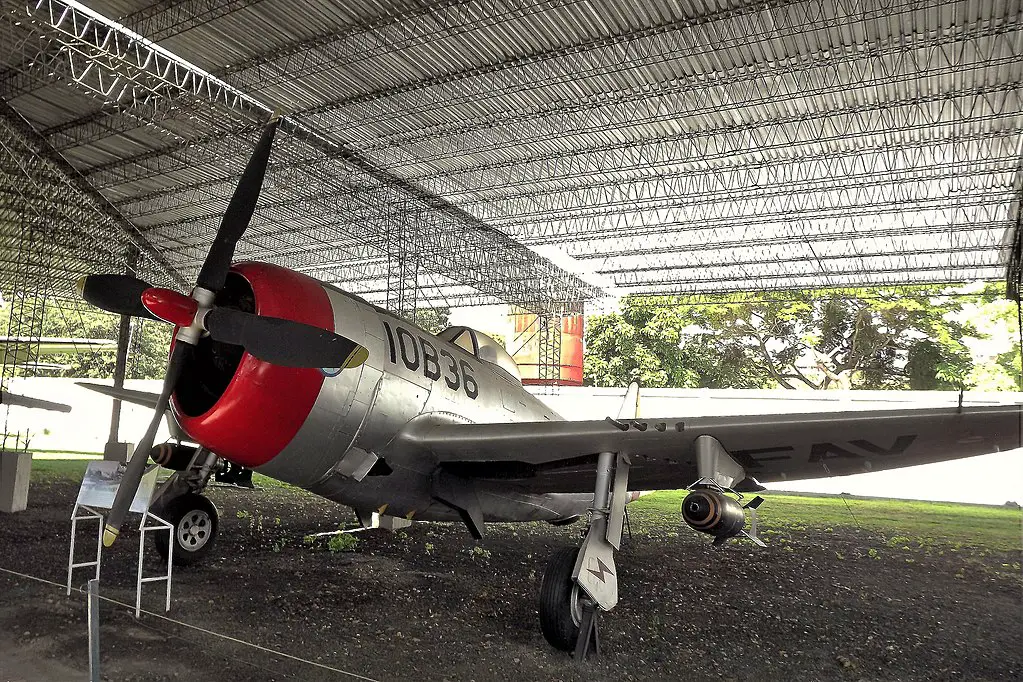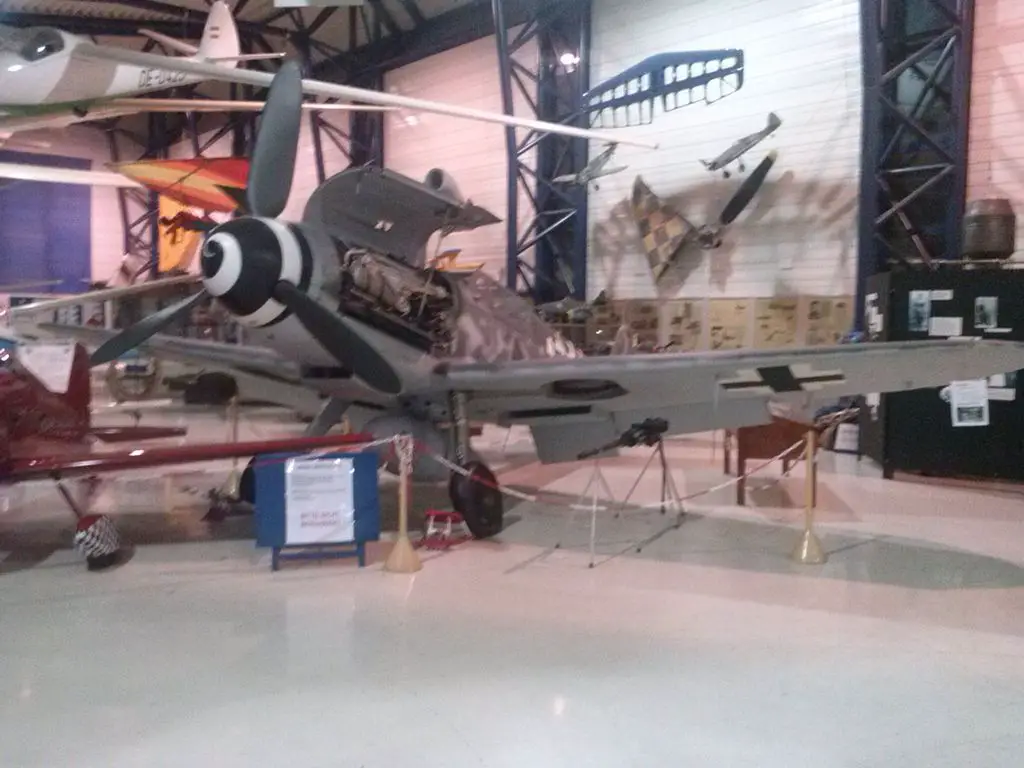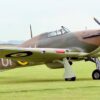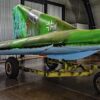In the vast expanse of European skies during World War II, two American aircraft, the P-51 Mustang and the P-47 Thunderbolt, etched a legacy that resonates to this day. As we delve into the tapestry of aerial combat, we find ourselves immersed in the thrilling interplay of speed, firepower, and maneuverability, endeavoring to answer the question that has intrigued aviation enthusiasts: Which of these iconic fighters claimed the title of the best U.S. fighter in Europe?
The Battle of Records
When it comes to combat records in the European theater, the P-51 Mustang stands tall with an impressive kill count ranging between 4,200 and 4,950 victories. This supremacy is unmatched by any other U.S. aircraft in the same theater. On the other hand, the P-47 Thunderbolt, while formidable, falls behind with a claimed victory count ranging between 2,600 and 3,700. The Mustang’s dominance in the kill count, however, is not without controversy, with debates over air victory claims contributing to the uncertainty surrounding these ratios.
The Mustang’s success in the European theater is a testament to its adaptability and effectiveness in escorting bombers on long-range missions. As the primary long-range support fighter, the Mustang outshone its counterpart in terms of kill ratios, setting the stage for a fascinating comparison between these two iconic aircraft.
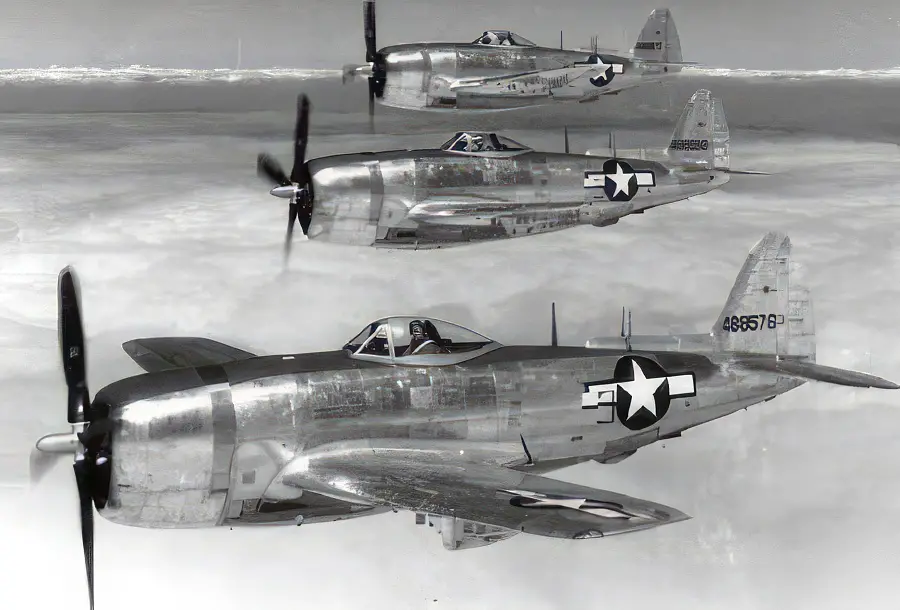
Speed and Altitude
In the high-stakes world of aerial combat, speed and altitude often make the difference between victory and defeat. The P-51D Mustang, with its Rolls-Royce Merlin engine, demonstrated an exceptional climb rate, reaching around 3,400 feet per minute from sea level. The later P-51H model pushed this envelope even further, boasting an impressive climb rate of 5,120 feet per minute, possibly the best among American prop aircraft during World War II.
The Thunderbolt, powered by the radial Pratt and Whitney R-2800, had a climb rate that, while respectable, fell short of the Mustang’s ascent capabilities. Early P-47D variants achieved a climb rate of 2,300 feet per minute, with some later models reaching up to 3,300 feet per minute. The altitude performance, however, revealed an interesting dynamic, with the P-51D holding its maximum climb rate potential at sea level, whereas the P-47D peaked at around 10,000 feet.
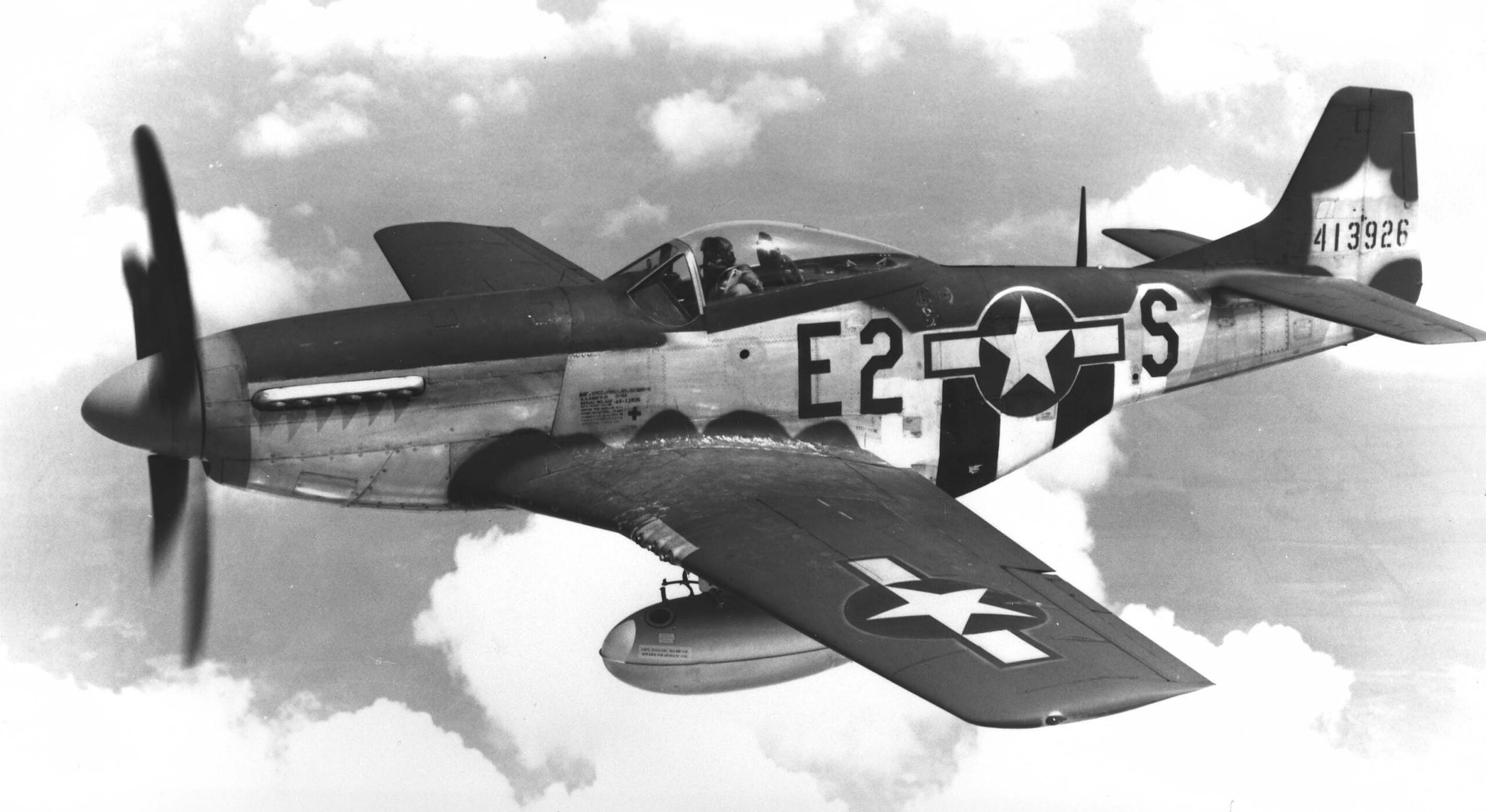
Speedsters in the Sky
In the realm of speed, both the Mustang and the Thunderbolt were exceptional within their class, capable of surpassing 400 miles per hour. The P-51D Mustang showcased its speed authority at higher altitudes, reaching 440 miles per hour at 24,000 feet. In comparison, the late War P-47Ds were clocked at achieving 445 miles per hour, with a later-end model claiming an impressive 470 miles per hour under optimal conditions.
The sea-level speed comparison is intriguing, with the Mustang holding a slight advantage at almost 380 miles per hour, while the Thunderbolt maxed out at around 345 miles per hour. However, when considering the likelihood of dogfights descending to lower altitudes, this particular speed dynamic adds a fascinating layer to the comparison between these two legendary aircraft.
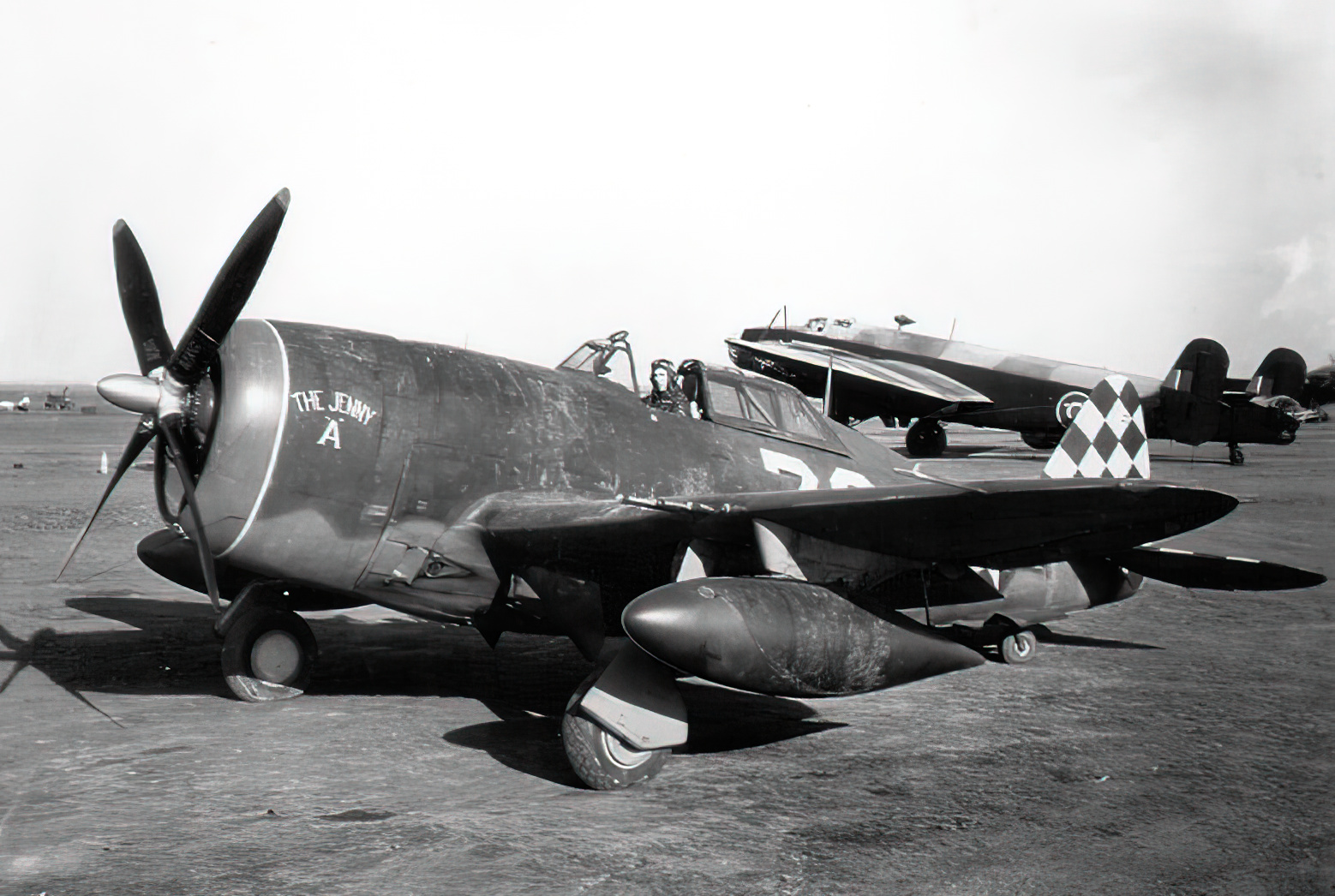
Range and Endurance
In the realm of range and endurance, the P-51 Mustang emerges as a true marathoner. While both aircraft served as long-range escorts for bombing missions over Europe, the Mustang’s capabilities were practically unmatched. With the ability to fly up to 1,600 miles when fully fueled, the Mustang outstripped the Thunderbolt’s range, which could reach near 900 miles at optimal altitude. The Thunderbolt, however, could be outfitted with large external drop tanks, extending its range to approximately 1,400 miles, and in some cases, even up to 1,900 miles.
The Mustang’s endurance and range played a pivotal role in its success as a long-range support fighter, securing its place as a reliable escort for bombers deep into enemy territory. This aspect of their performance highlights the diverse roles these aircraft played in the complex landscape of aerial warfare during World War II.
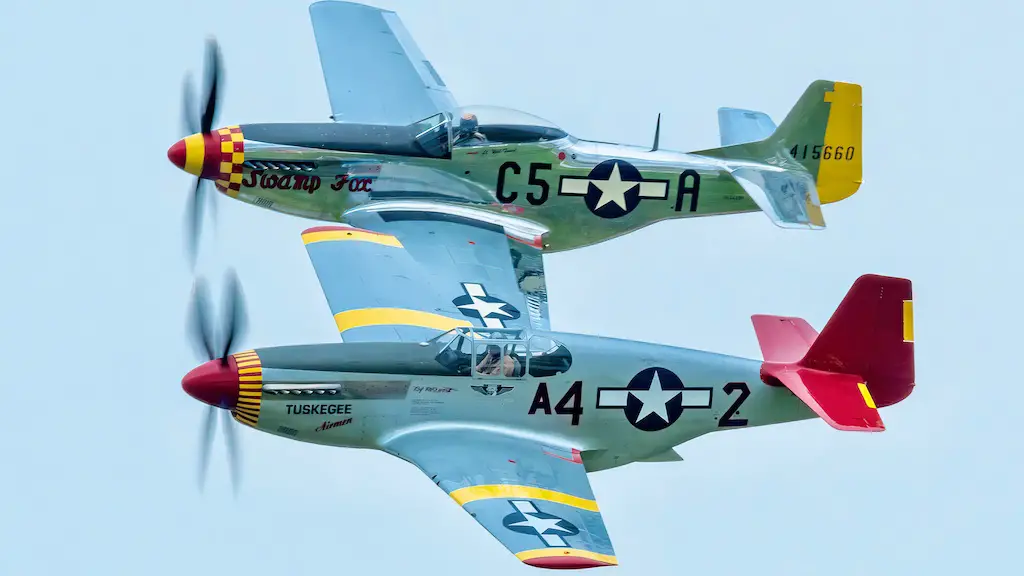
Maneuverability and Firepower
In the intense dance of dogfights, maneuverability and firepower become crucial elements for survival. The P-51 Mustang, with its superior roll and turn rates, outperformed the Thunderbolt in agility. Many pilots who transitioned from the P-47 to the P-51 emphasized the Mustang’s maneuverability as a game-changer, allowing it to compete with late War German aircraft like the Bf-109K4.
However, the Thunderbolt, with its robust airframe, offered a different advantage. Its safety factor was notable, capable of taking multiple hits without compromising the aircraft’s integrity. The Mustang, with its liquid-cooled engine, was more vulnerable to damage, especially hits to the coolant lines that could result in engine overheating and seizure. The Thunderbolt’s sturdier build, wider landing gear, and heavy-duty tires made it safer for emergency landings, contrasting with the Mustang’s higher risk of breaking apart upon impact.
Armed to the Teeth
When it comes to firepower, both aircraft were armed with .50 caliber machine guns, the standard for the U.S. Air Force during that era. The P-51D Mustang boasted six of these .50 caliber machine guns, while the P-47D Thunderbolt carried eight, along with twice the amount of ammunition—3,400 rounds compared to the Mustang’s 1,800.
The impact of this difference in armament is challenging to quantify precisely, but it likely contributed to the Thunderbolt’s firepower advantage. In the ever-evolving landscape of aerial combat during World War II, the ability to deliver a concentrated spray of machine gun fire could prove more effective than relying on a fewer number of guns.
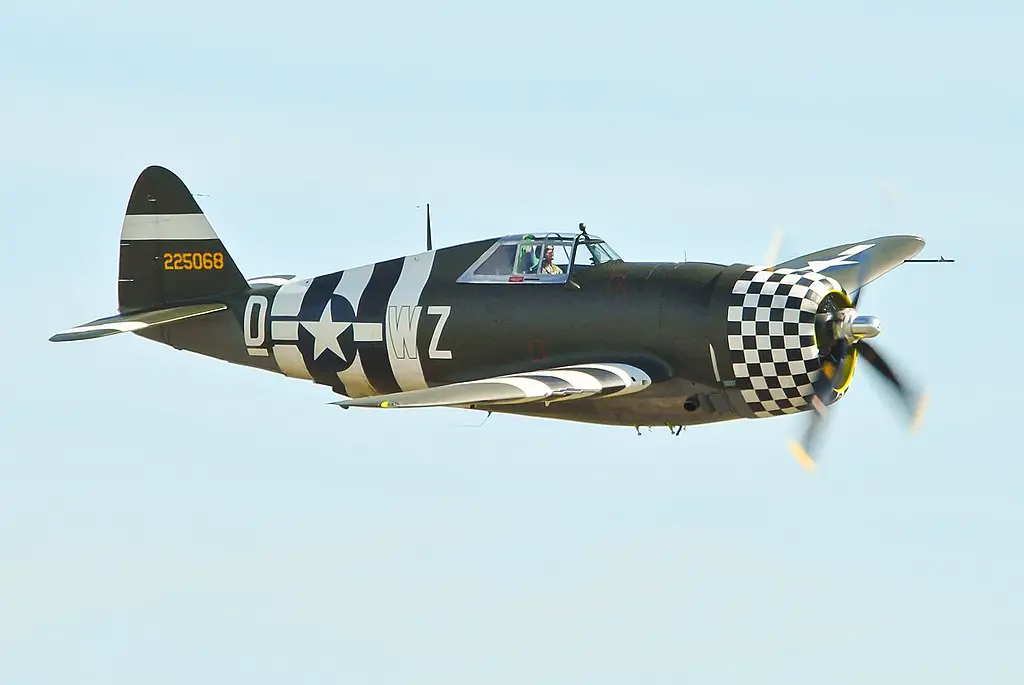
Mustang’s Aerial Dominance vs. Thunderbolt’s Versatility
In the final analysis, the comparison between the P-51 Mustang and the P-47 Thunderbolt reveals two exceptional aircraft with distinct strengths. The Mustang’s unparalleled kill count, speed, and range make it a standout performer, especially in the role of a long-range support fighter. On the other hand, the Thunderbolt’s sturdier build, firepower, and safety features position it as a versatile workhorse capable of excelling in various roles.
While the P-51 Mustang’s agility and kill ratios might tilt the scale in its favor, the Thunderbolt’s durability and versatility should not be overlooked. Each aircraft carved its niche in the annals of aviation history, contributing significantly to Allied victories in Europe. In the end, whether the Mustang or the Thunderbolt is deemed the “best” U.S. fighter in Europe may well depend on the specific demands of the mission at hand.

